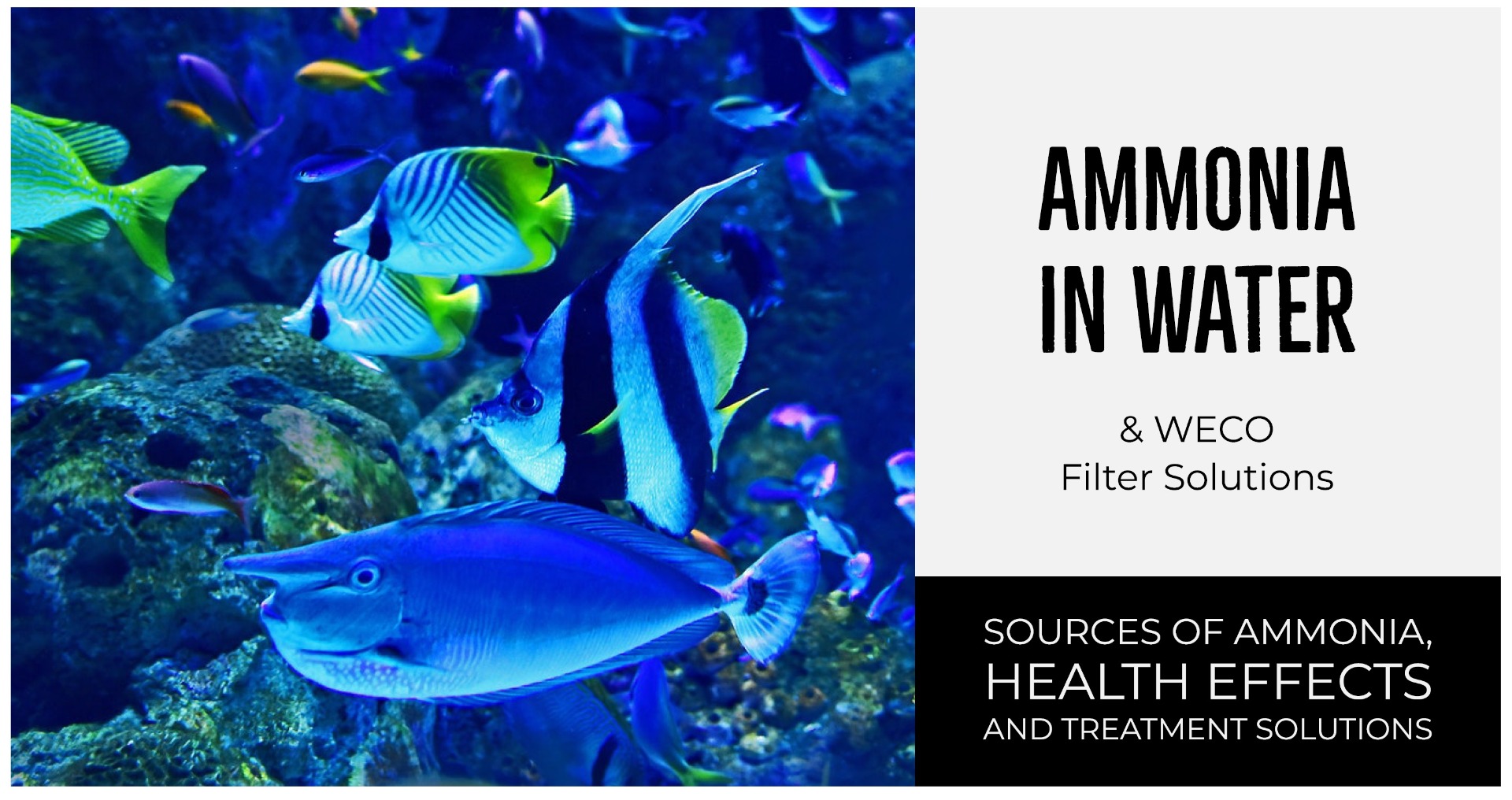
Source of Ammonia: Ammonia (and ammonium), are naturally occurring in nature and are formed during decomposition of proteins, manure wastes, urine, and from other nitrogen-containing compounds. Ammonia can penetrate into groundwater from rain and melting snow. In some cases, nitrogen fertilizer can contribute to ammonia in groundwater. Ammonia can also result from the use of chloramine disinfectants.
Health Effects of Ammonia: Ammonia is toxic to fish and aquatic wildlife. The ammonia levels found in drinking water are not known to cause health issues in humans. For many people, no amount of ammonia is acceptable in their drinking water. Water contaminated with ammonia can cause problems with hydroponics, aquaculture and manufacturing processes. No EPA action levels or WHO guidelines have been established for Ammonia.
How to Remove Ammonia: The Best Available Technology (BAT) for removal of ammonia in water is distillation. Ion exchange with zeolite, sodium alumino silicate zeolites are also effective in removing ammonia. Reverse osmosis followed by post filtration though cation exchange resin (standard water softener media) has also yielded good results where ammonia exists in the ammonium ion state. Industrial filtration systems are custom-designed by WECO engineers to provide the best filtration options. Contact us and we will help you choose the right WECO system for your application.




